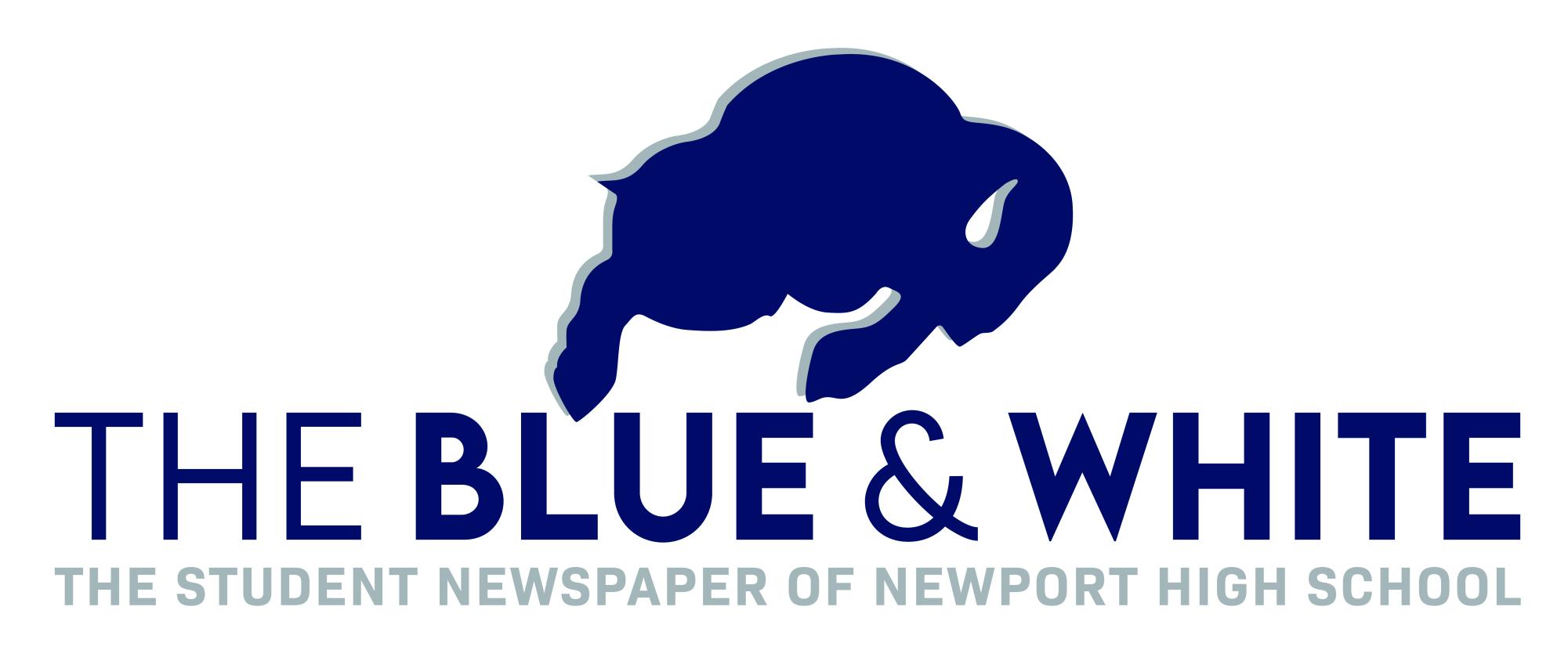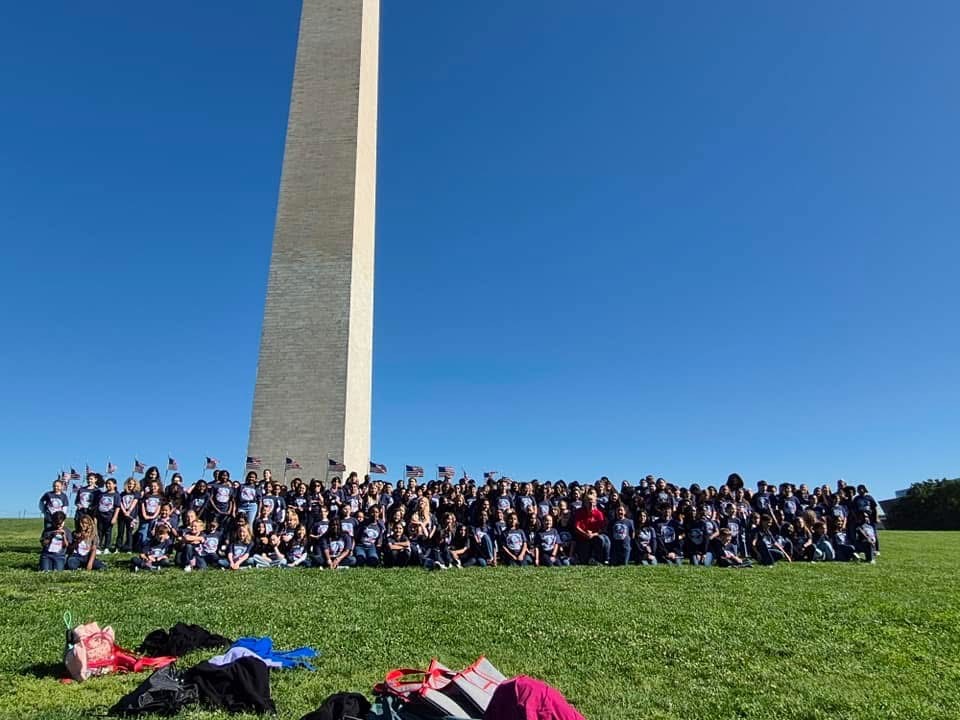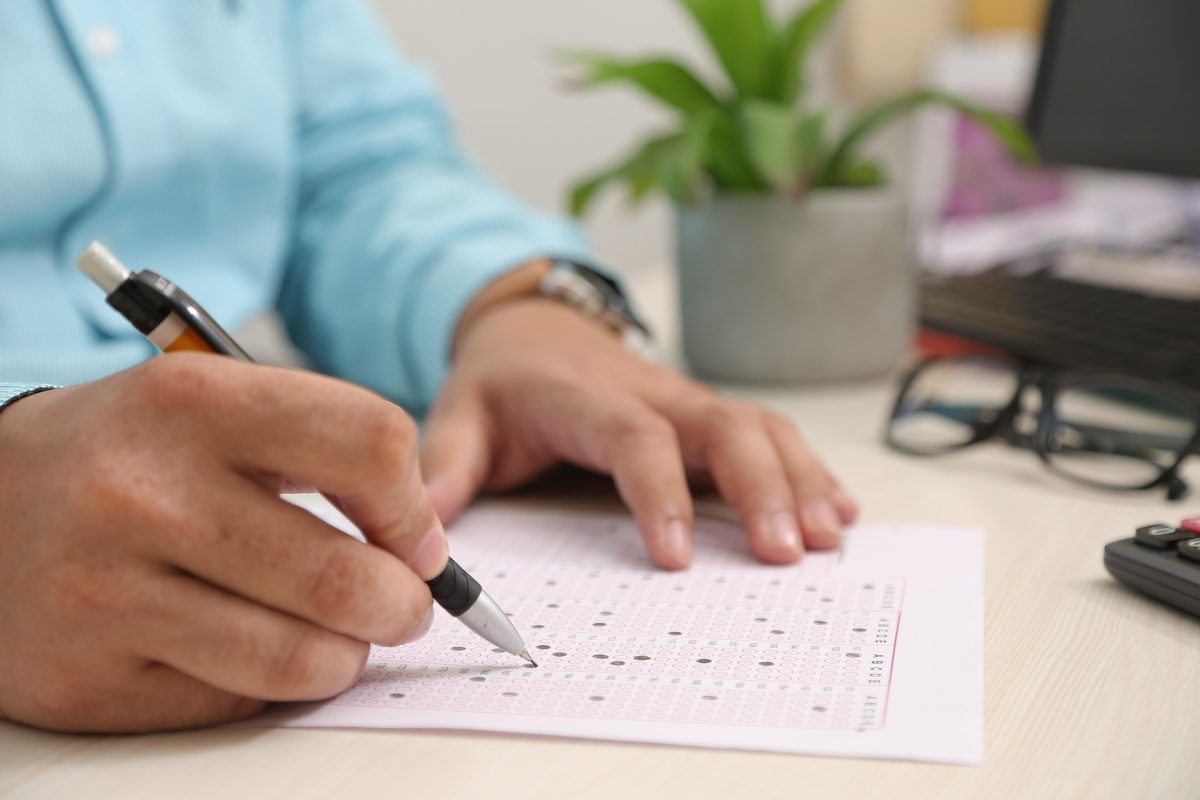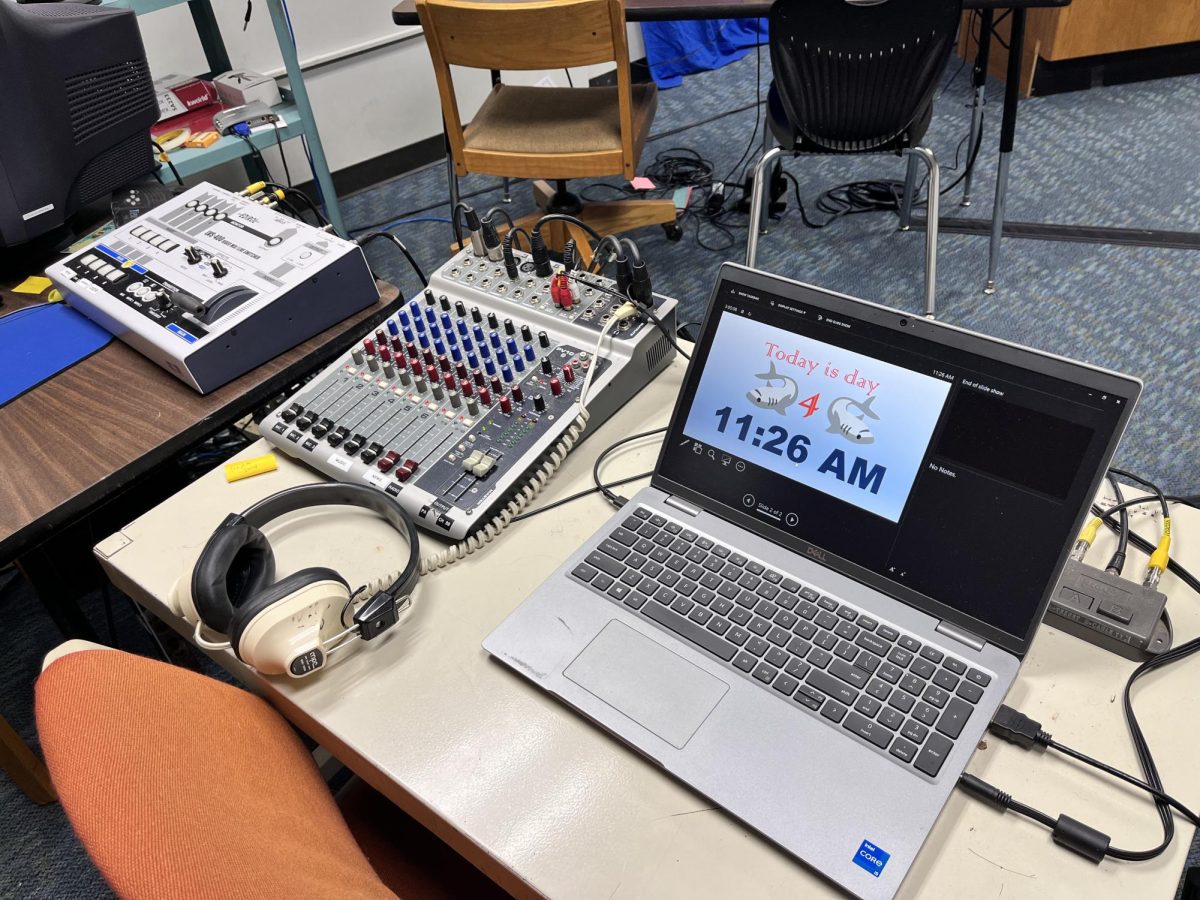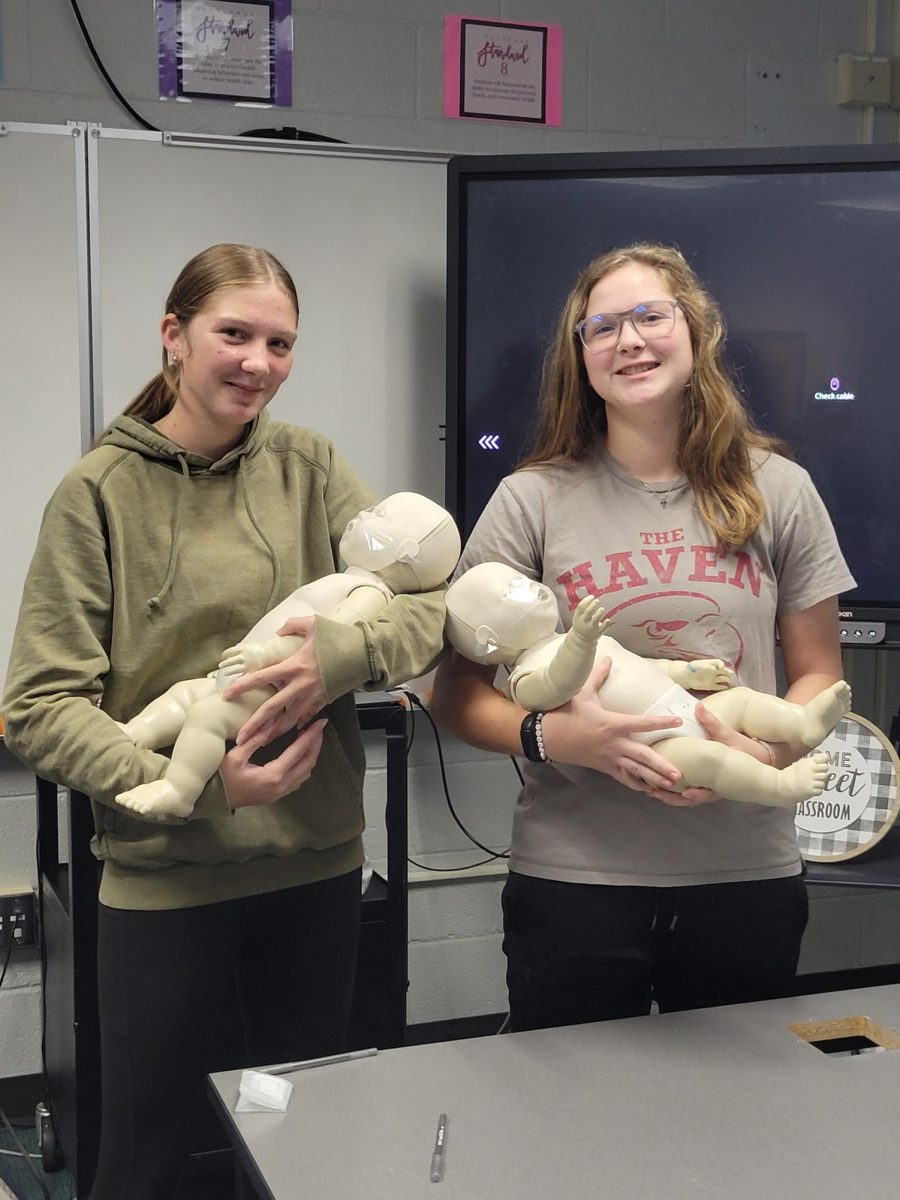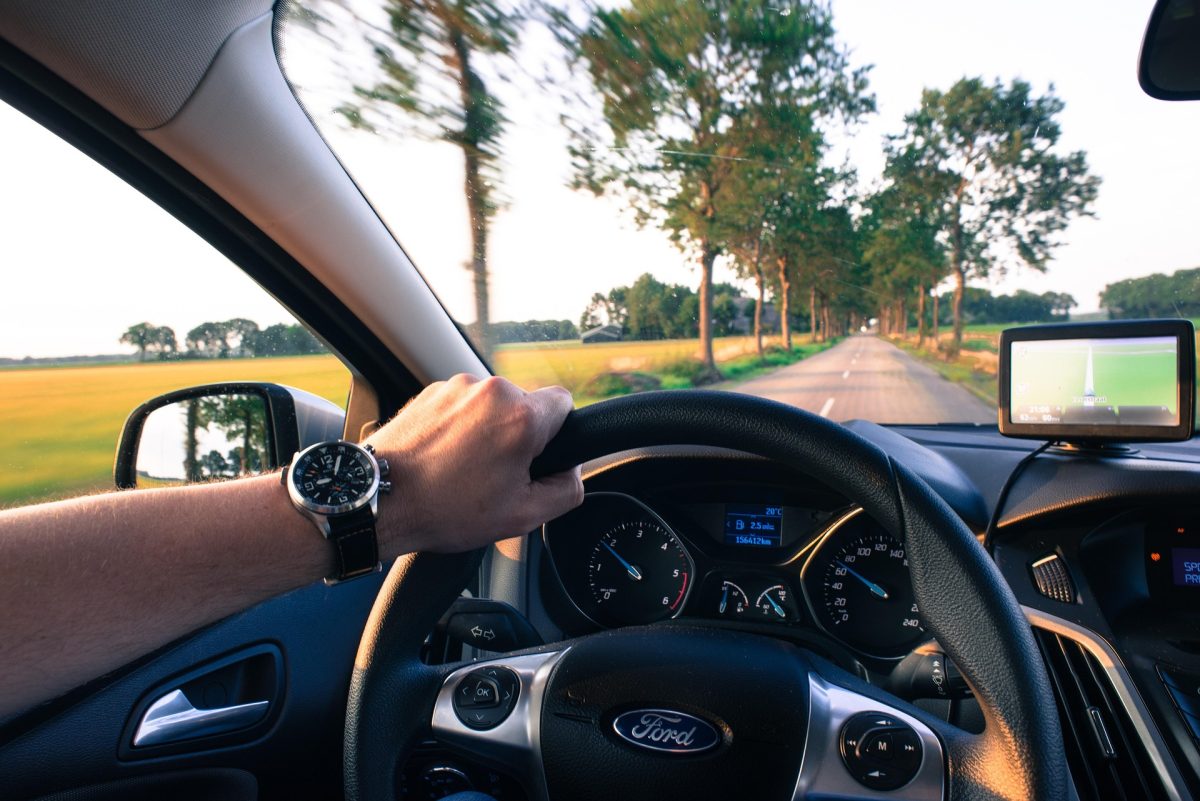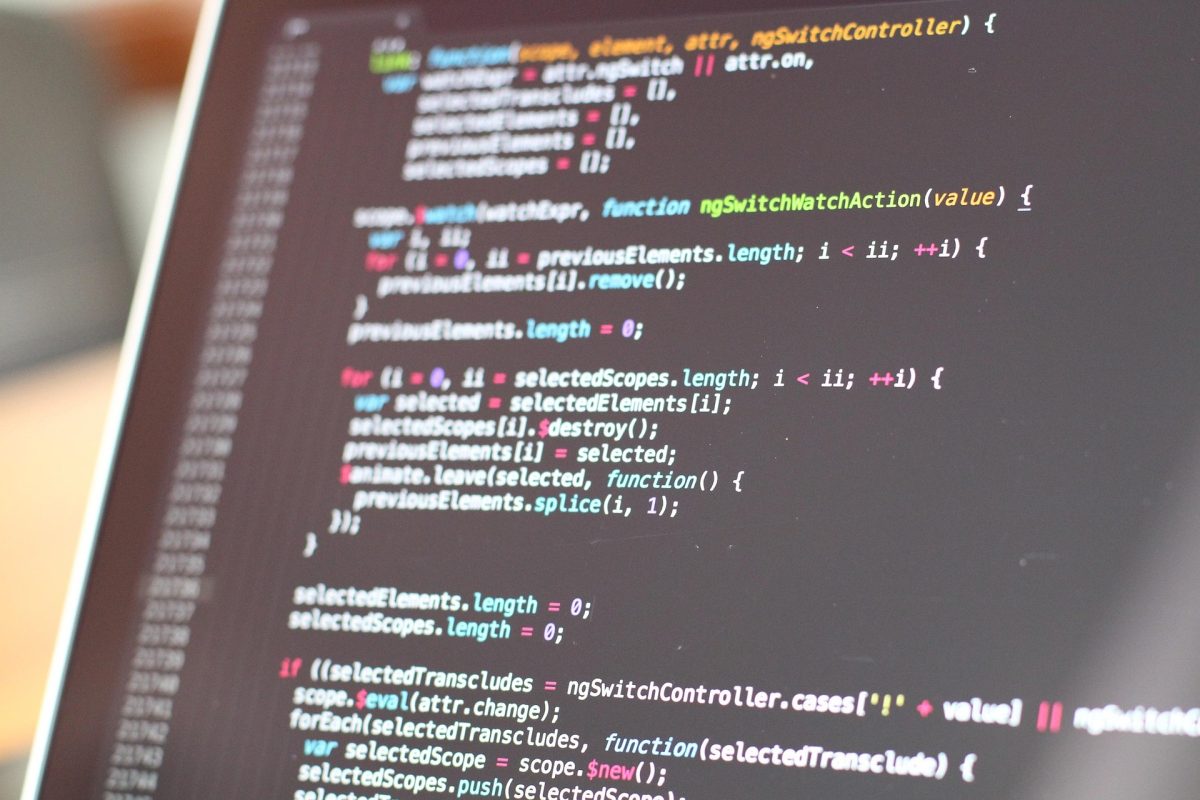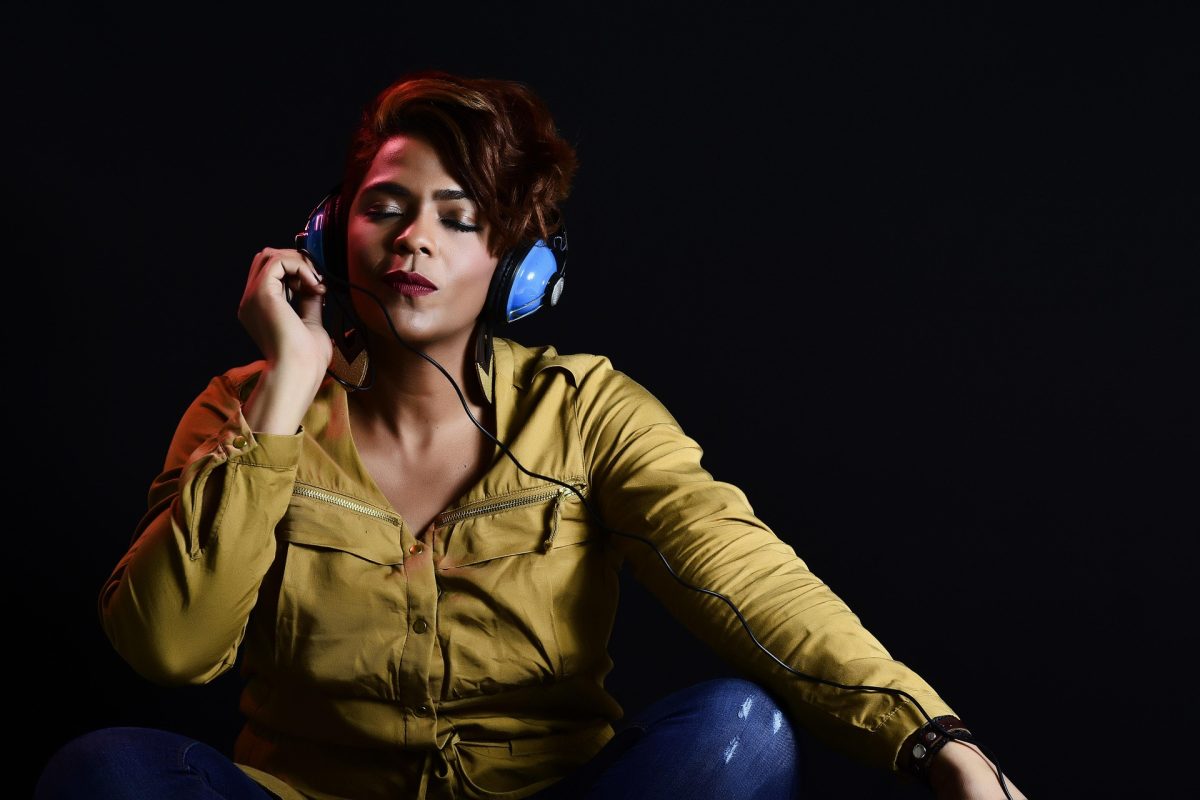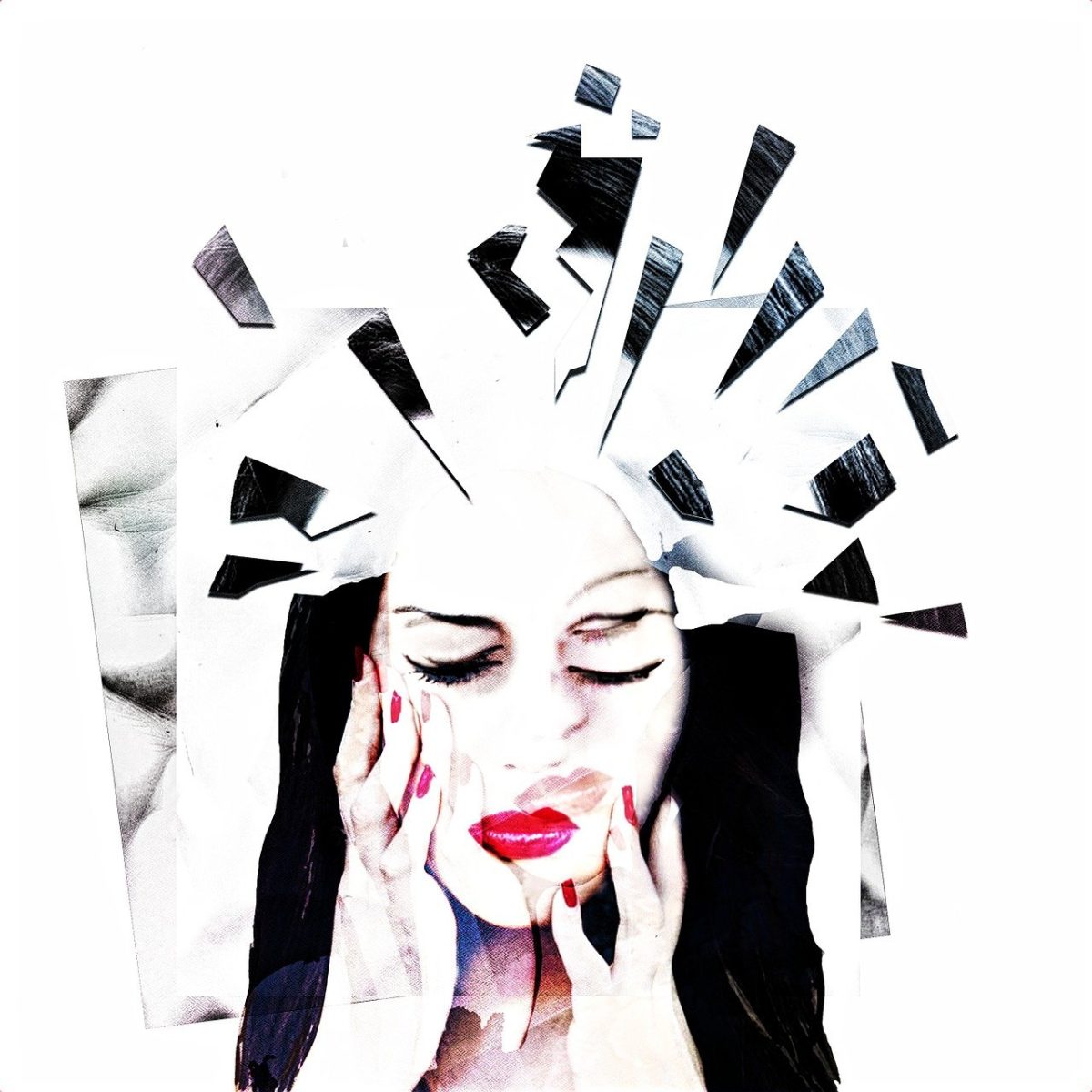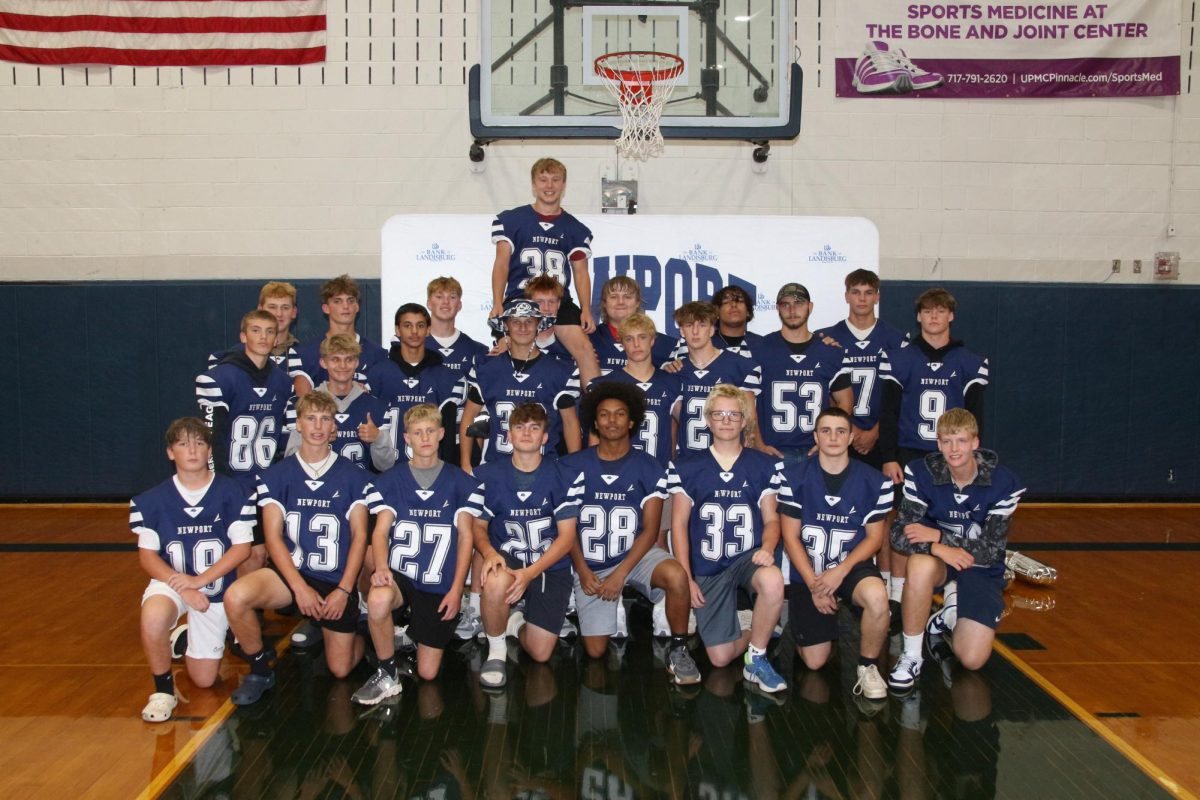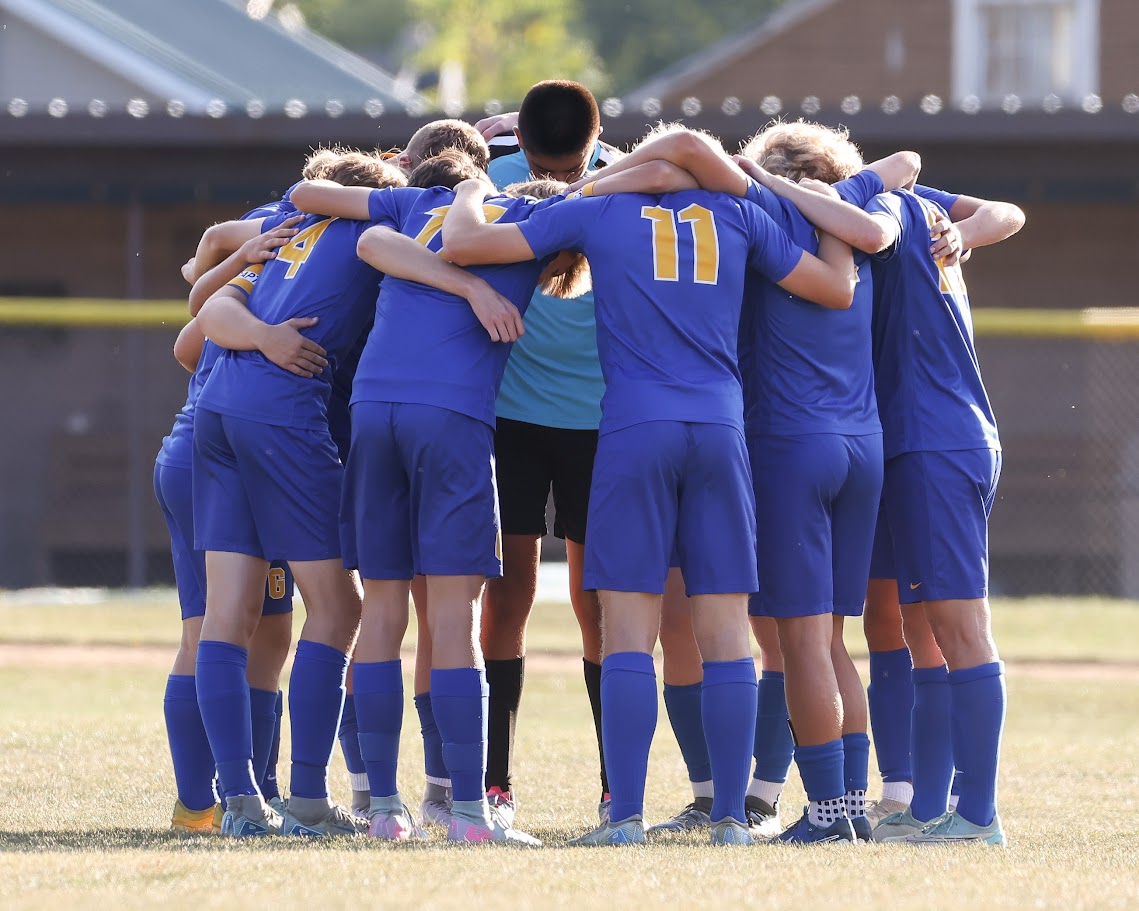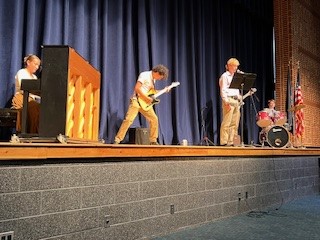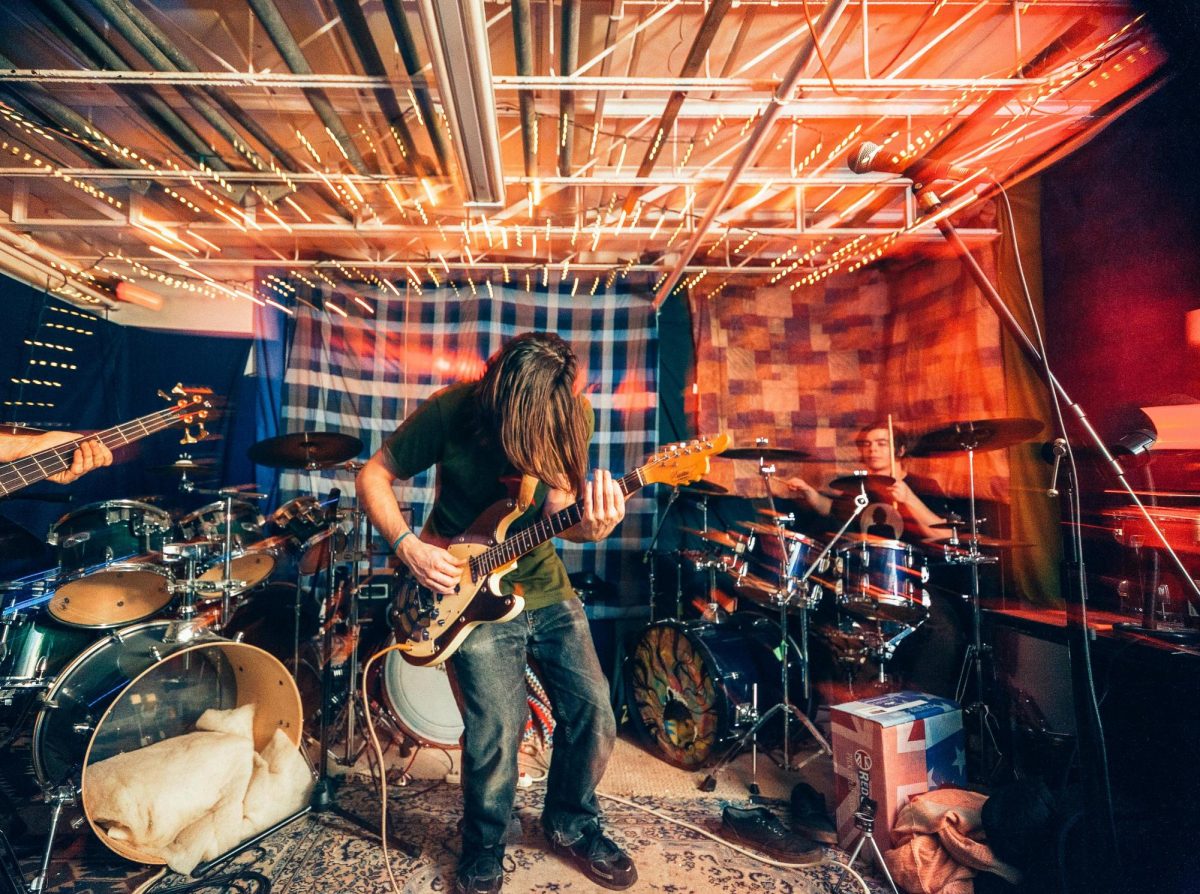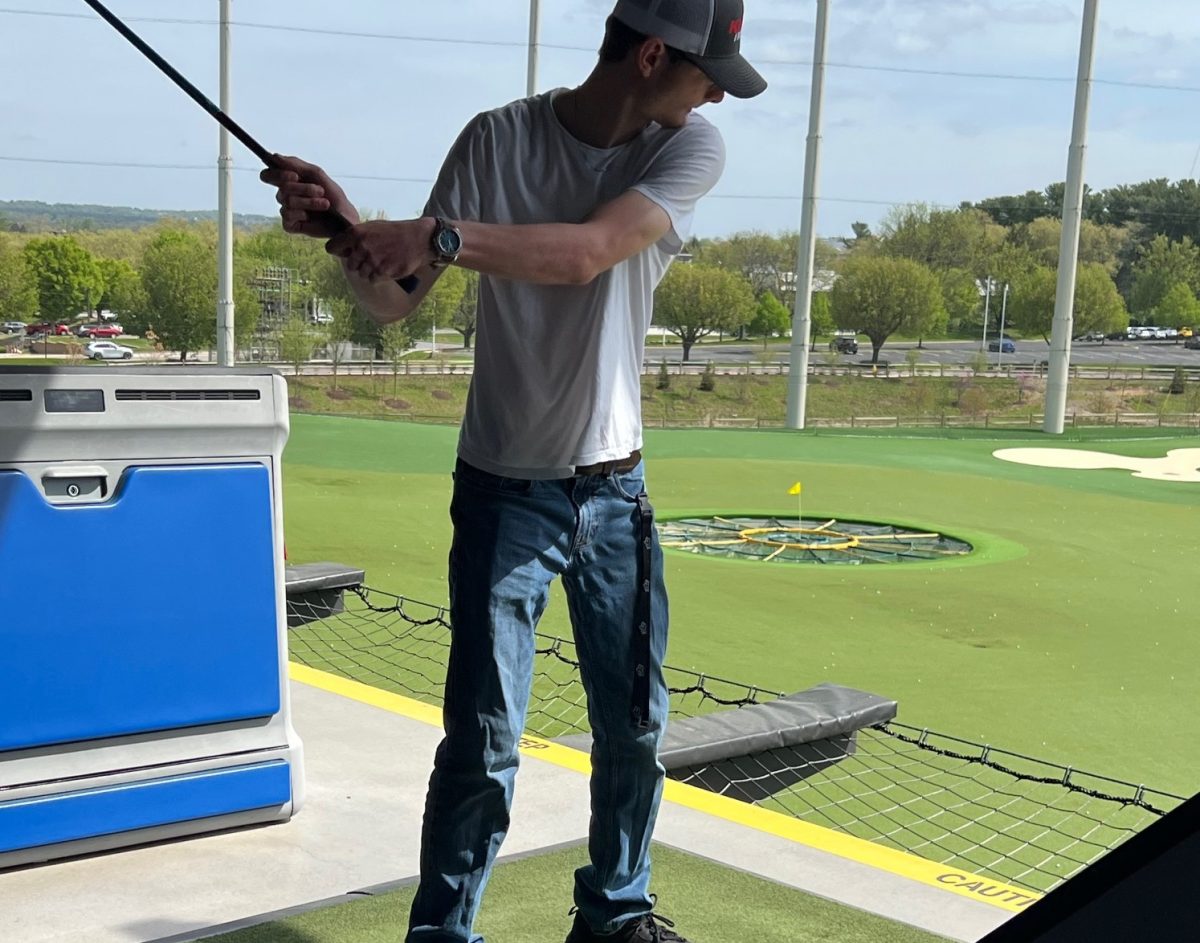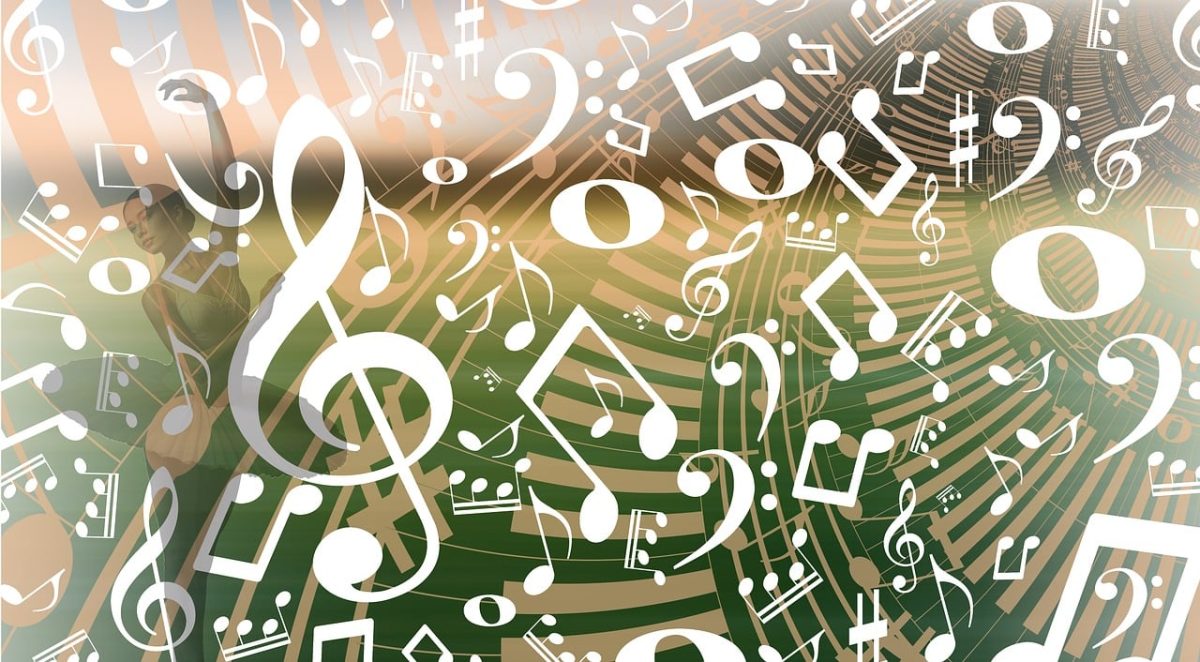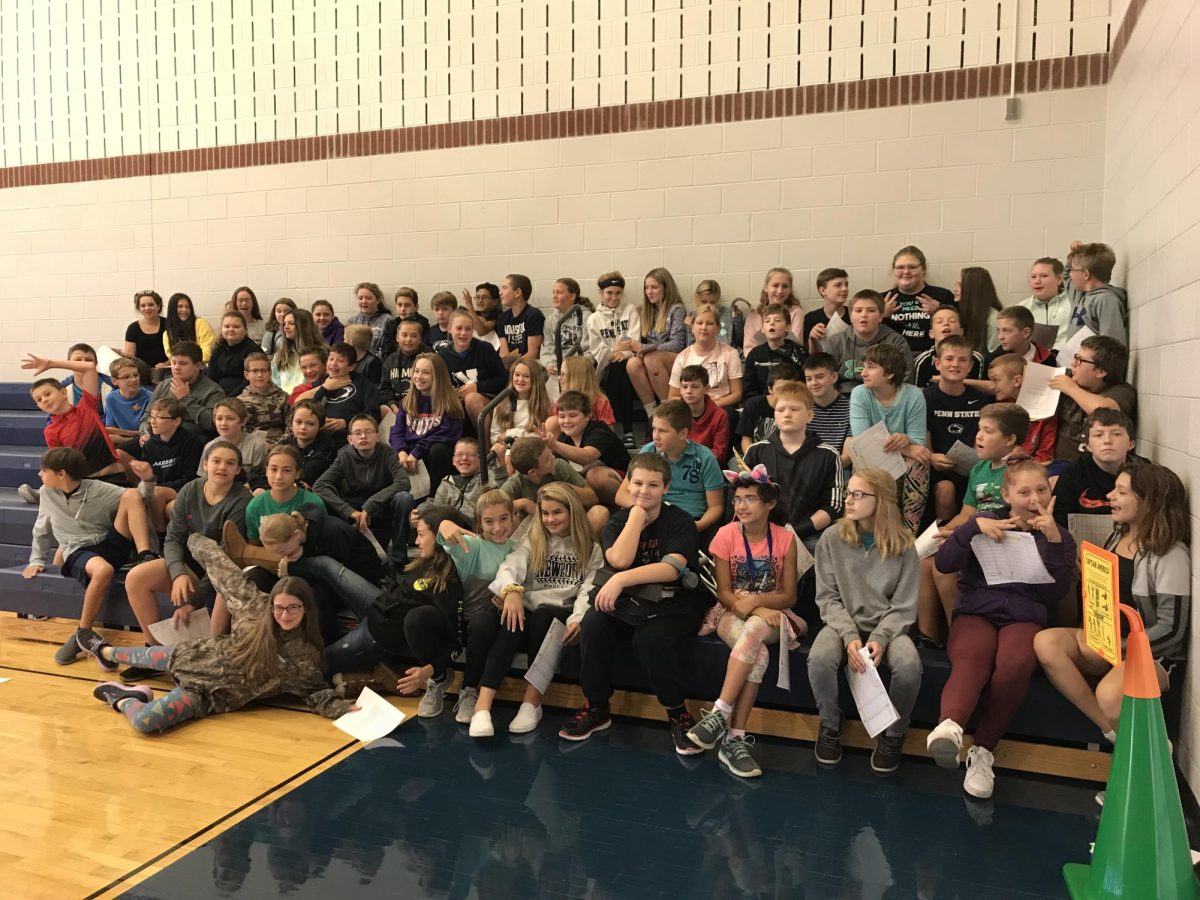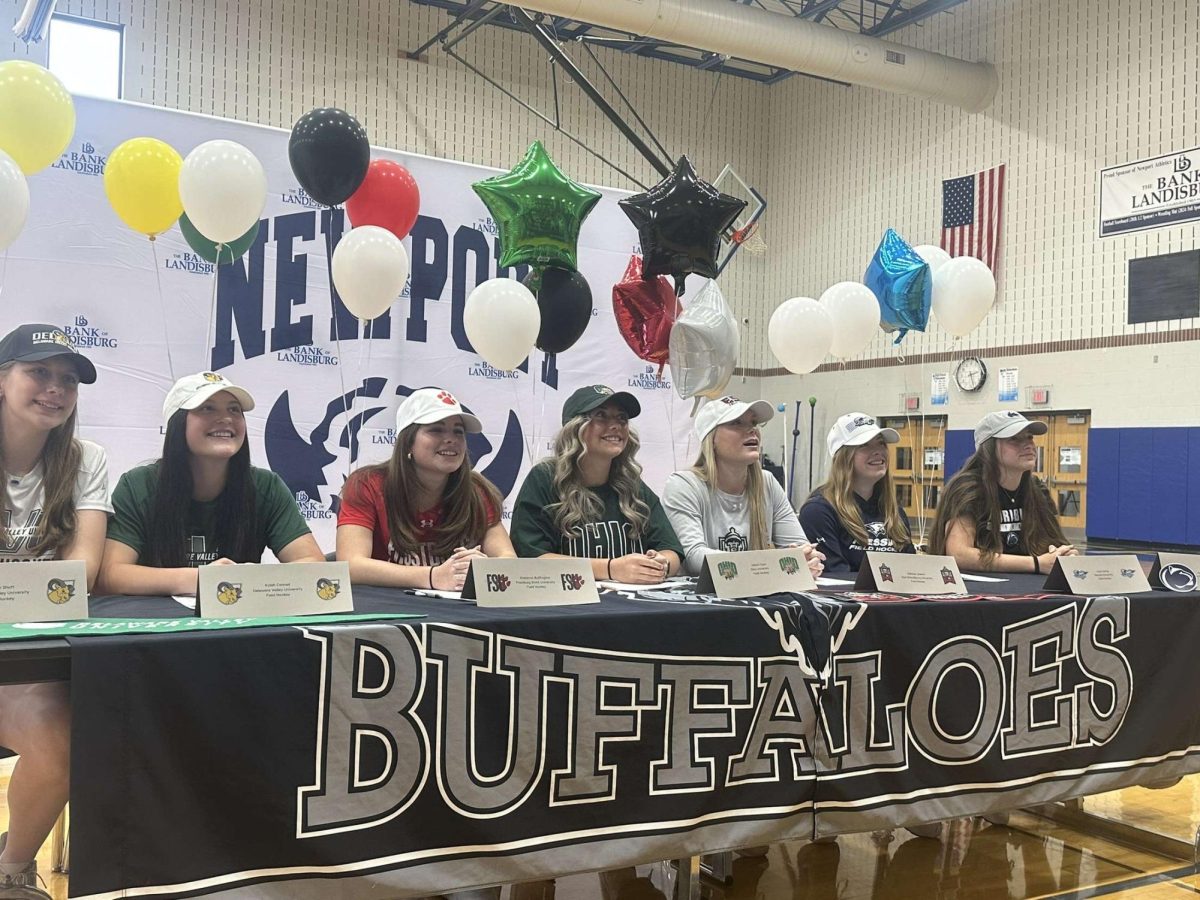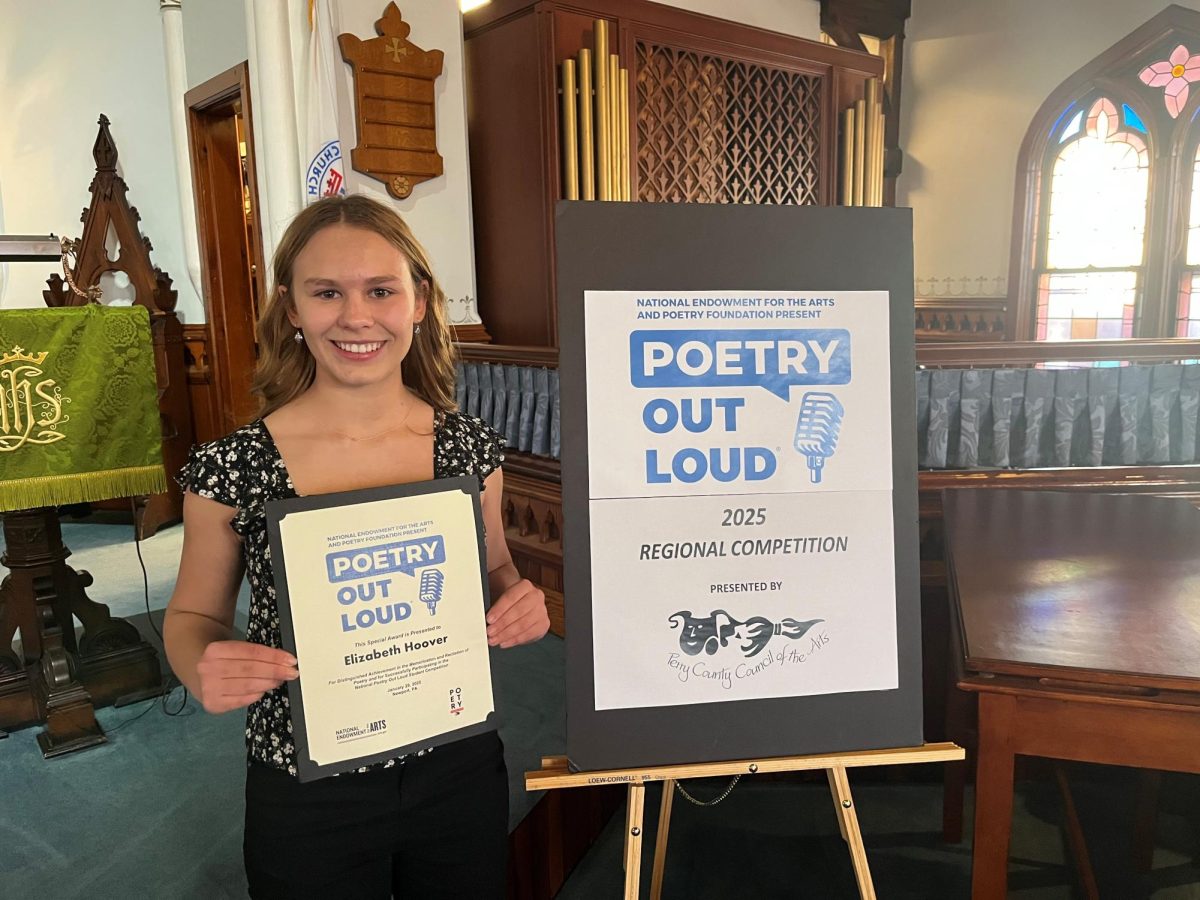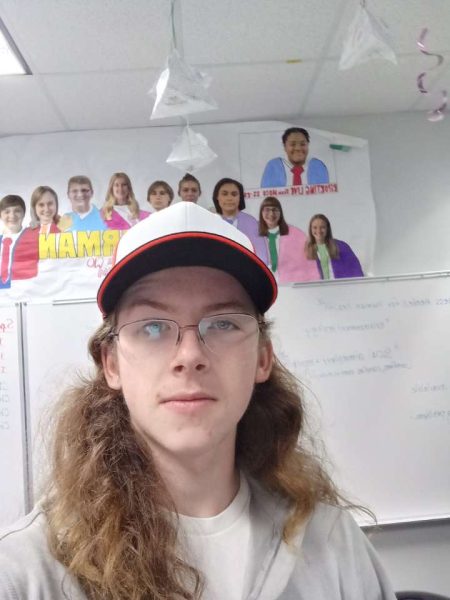NASA (National Aeronautics and Space Administration) is very important to the United States and the world. Everyone who has any interest in space or astronomy knows just how much NASA has done for our excursions away from Earth. But not as many people know about NASA’s inventions that have made their way into everyday use. Gadgets made for helping astronauts and spaceships have now found uses in our high-tech world.
Memory foam, or temper foam, was first invented to be used as crash protection in airplanes. It makes sense seeing as it’s very soft and deforms to whatever shape impacts it. It’s currently used in things meant to be very comfortable, such as mattresses and pillows. It is also still used closely to its original purpose as a safety addition in some race cars.
Dustbusters, created by Black & Decker, were commissioned by NASA for the Apollo programs. They needed a portable, self-contained drill to get samples from the Moon. Black & Decker created a program able to use low power and optimize the design. They used this to develop the Dustbuster later, as the design used very similar programs.
NASA also invented grooved pavement to prevent hydroplaning when landing space shuttles. The grooves massively improve drainage and are a great outlet for getting rid of water easily. Grooved pavement can be found on many highways and airports today.
LEDs (light-emitting diodes) were invented for gardening in space. They needed to be lightweight and have a lower power consumption, with a shatterproof bulb due to zero gravity. The light’s color was also adjustable, which helped astronauts’ circadian rhythms stay in tune.
Overall, NASA has been a central part of creating new technologies for space applications. However, these technological advancements have introduced new ideas for consumer products that are used every day. What will NASA make next that changes people’s lives?
